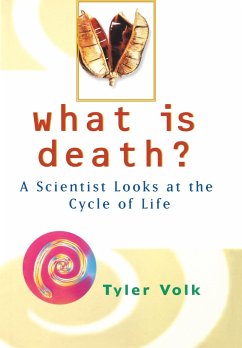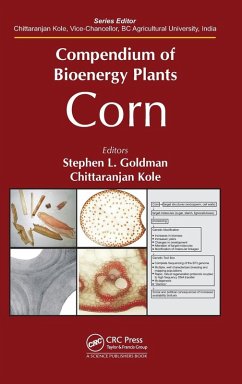
Programmed Cell Death in Animals and Plants
Versandkostenfrei!
Versandfertig in 1-2 Wochen
152,99 €
inkl. MwSt.
Weitere Ausgaben:

PAYBACK Punkte
76 °P sammeln!
This title, the 52nd in symposium series, presents a comprehensive review of apoptosis and features contributions from many internationally recognised authors.













